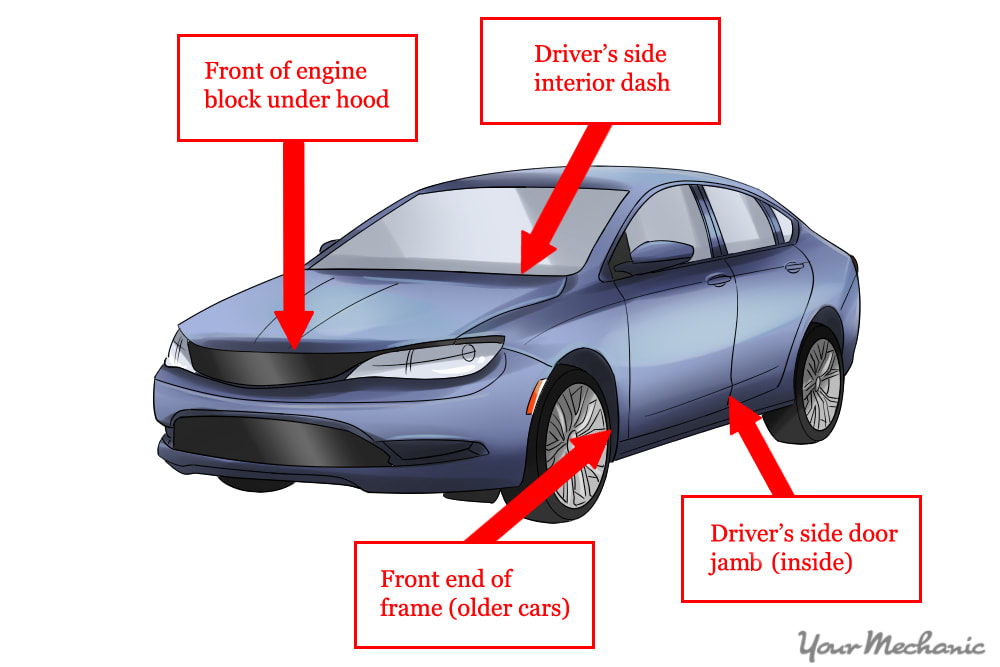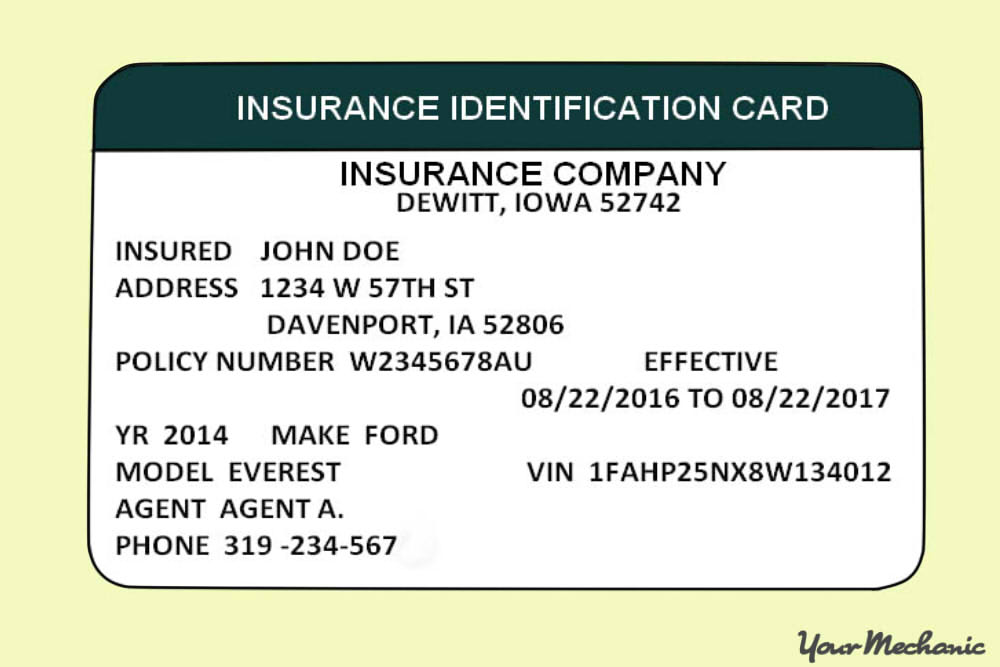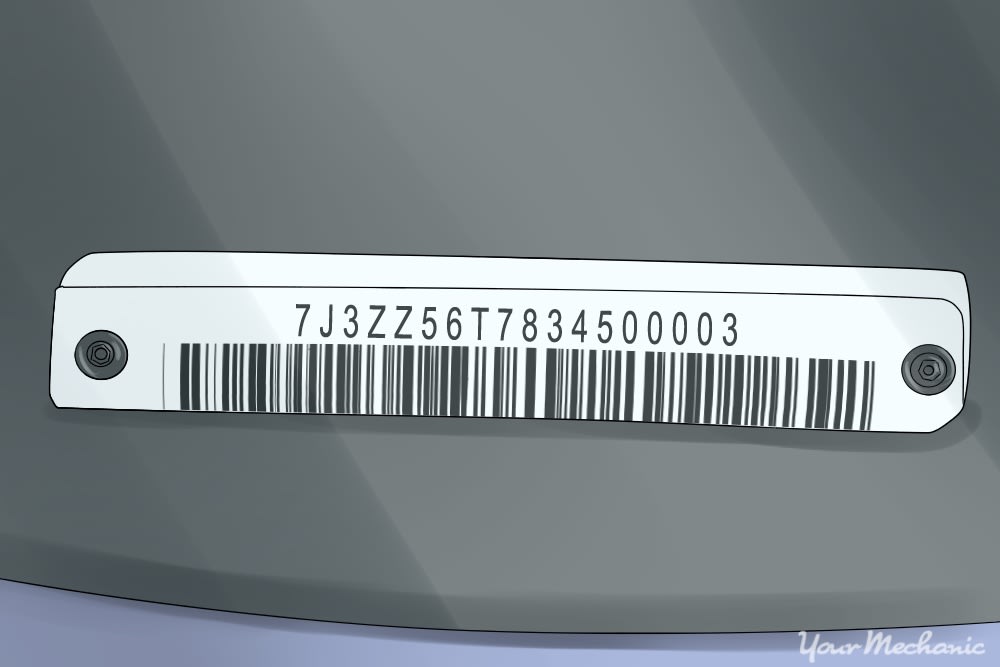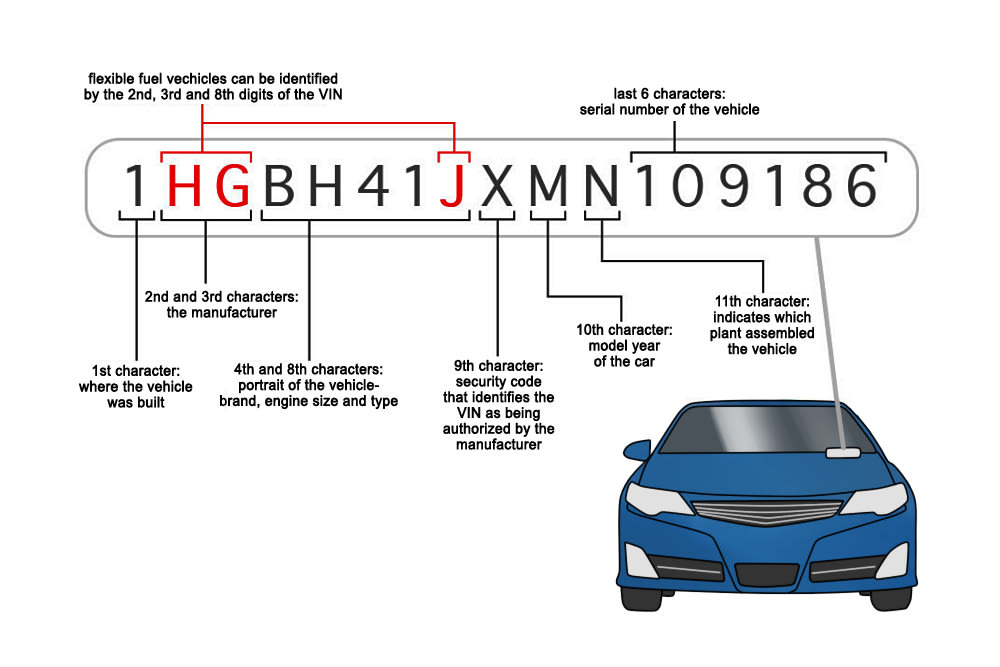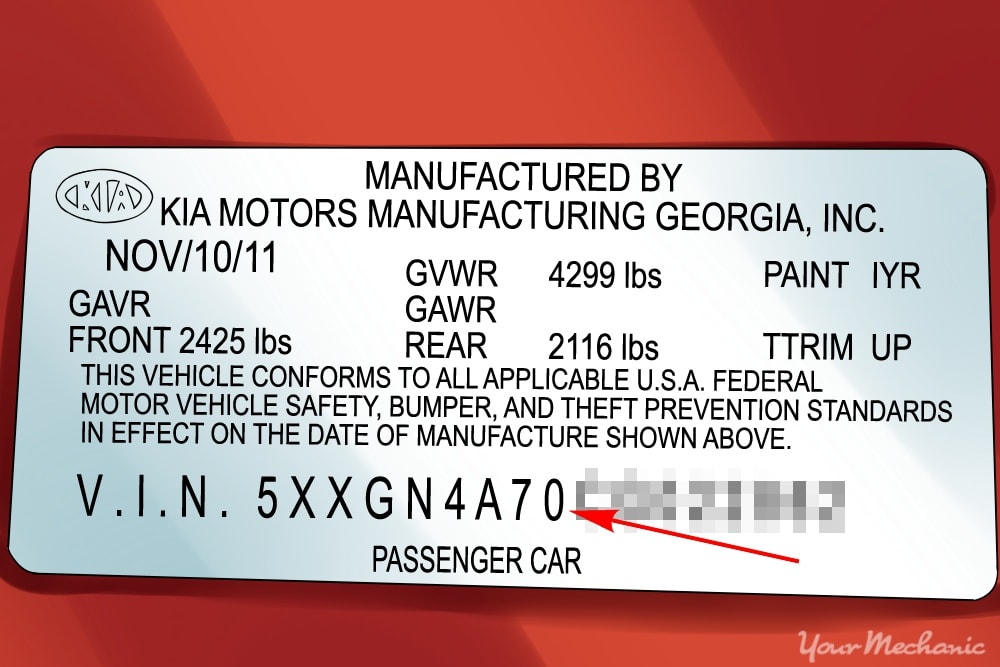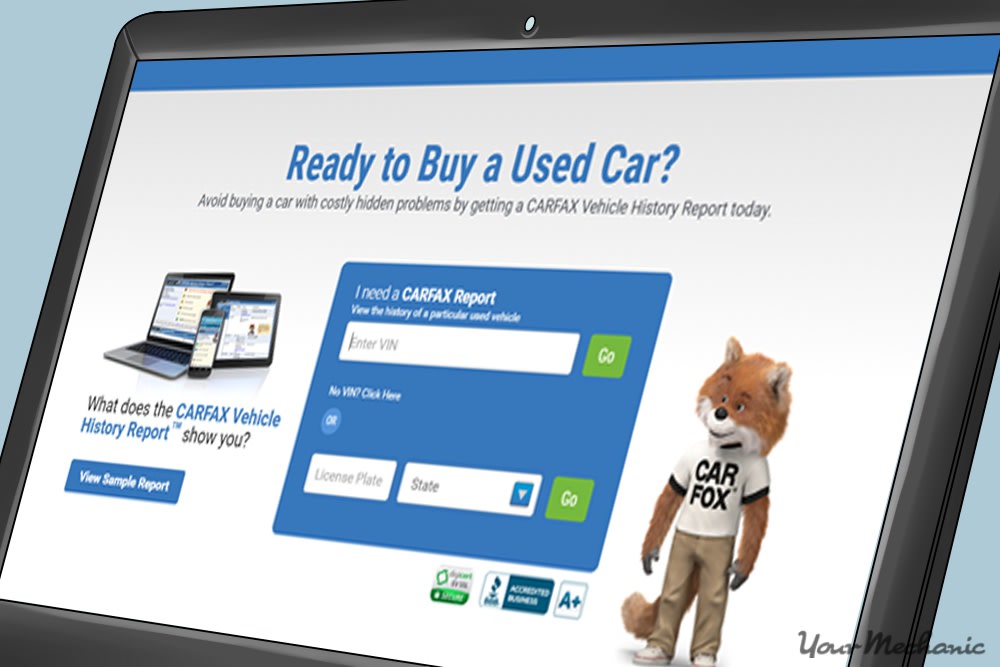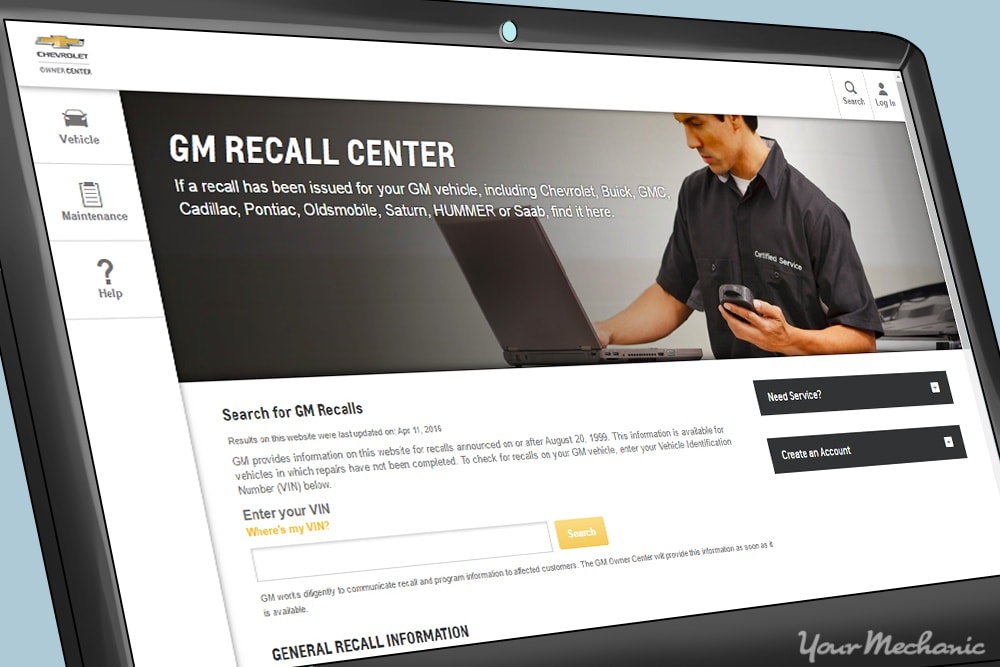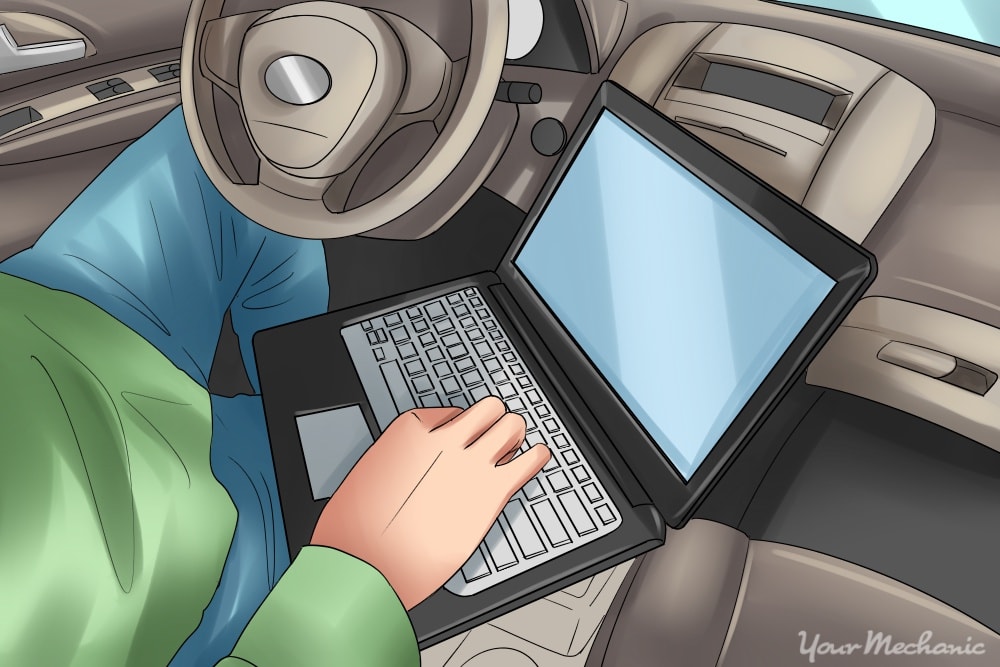

A vehicle identification number, or VIN, identifies your car. It’s made up of individual numbers and letters with special significance, and provides information about your vehicle. Each VIN is unique to the vehicle.
You may want to decode the VIN for a number of reasons. You may need to find a proper-fitting part according to your vehicle build, find the place of manufacture for importation, or you may want to verify a car’s build if you are looking to buy it.
Whether you need to find specific information or if you are just curious about your vehicle’s build, you can decode the VIN number for a wide array of information.
Part 1 of 4: Find the VIN on your car
Step 1: Find the VIN on your car. Search for the 17-digit string of numbers on your vehicle.
Common locations include:
- Dash of the car by the bottom of the windshield on the driver’s side – more easily seen from the outside of the vehicle
- Sticker on the side of the door on the driver’s side
- On the engine block
- On the underside of the hood or on the fender – mostly seen on some newer vehicles
- Insurance cards
Step 2: Check your registration paperwork or your car title. If you can’t find the VIN in any of the above locations, you can look on your documents for the number.
Part 2 of 4: Use an online decoder
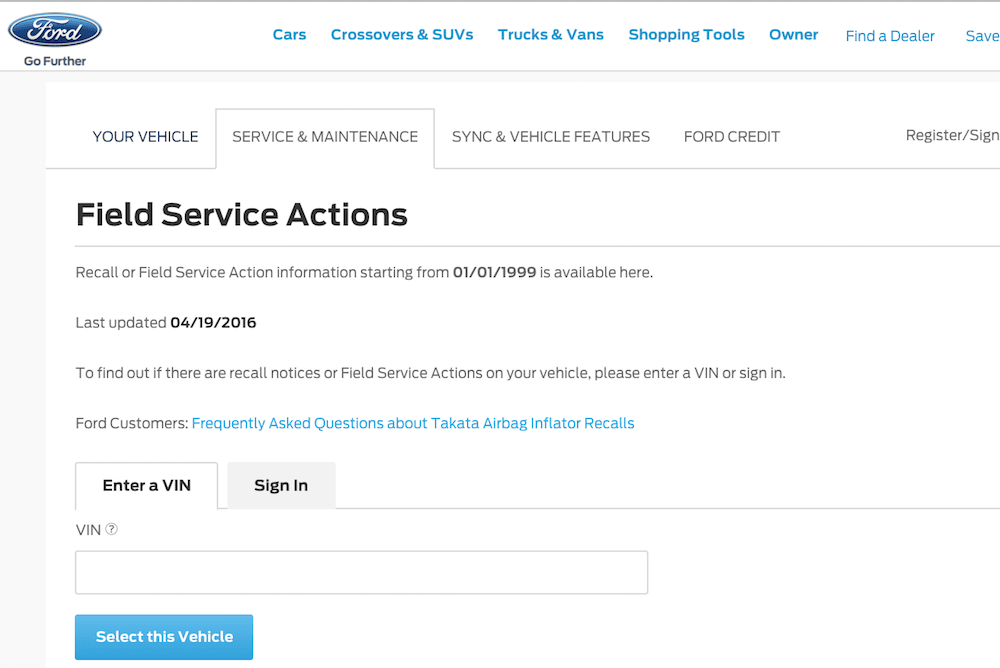
Step 1: Look up your VIN through the manufacturer. Visit your car’s manufacturer website and see if it offers a VIN lookup.
While not all manufacturers include this, some do.
Step 2: Use an online decoder. There are several free online services to help you decipher the numbers and their meanings.
To find one, enter a search for “online VIN decoder” and select a top result.
Some decoders provide basic information for free while others will require payment to give you a full report.
A popular choice is Vin Decoder, a free service that offers basic VIN decoding. For more detailed VIN decoding that provides installed and optional equipment, vehicle specs, color options, pricing, MPG, and other details, check out DataOne Software's complete vehicle data and VIN decoding business solution. Carfax and CarProof are paid vehicle history report sites that also provide a VIN decoder.
Part 3 of 4: Learn the meanings of the numbers
You can also learn how to read your VIN by understanding what each set of numbers means.
Step 1: Decode the meaning of the first number or letter. The first character in a VIN may be either a letter or number and tells you the geographic area of origin.
This is where the car was actually made, and it may be different from where the manufacturer is located.
- A – H means Africa
- J – R (except O and Q) means Asia
- S – Z means Europe
- 1 – 5 means North America
- 6 or 7 means New Zealand or Australia
- 8 or 9 is for South America
Step 2: Decode the second and third digits. This will tell you the manufacturer of the car.
Some examples include the following:
- 1 Chevrolet
- 4 Buick
- 6 Cadillac
- C Chrysler
- J Jeep
- T Toyota
The third digit is the exact division of the manufacturer.
For example, in VIN “1GNEK13ZX3R298984,” the “G” indicates a vehicle manufactured by General Motors.
A full list of manufacturer codes can be found here.
Step 3: Decode the vehicle descriptor section. The next five numbers, known as the vehicle descriptor section, tell you the brand of the car, the size of the engine and what type of vehicle it is.
Each manufacturer uses their own codes for these numbers and you must know what that is to find out what they mean.
Step 4: Decode the check digit. The ninth number is a check digit used to prove the VIN is not a fake.
The check digit uses a complex calculation so it cannot be easily faked.
In VIN “5XXGN4A70CG022862,” the check digit is “0”.
Step 5: Find out the year of manufacture. The tenth number indicates the year the car was made, or the year of manufacture.
It begins with A for 1980, the first year a standard 17-digit VIN was used. Subsequent years follow the alphabet of to “Y” in the year 2000.
In 2001, the year changes to the number “1”, and ascends to “9” In 2009.
In 2010, the alphabet starts again with the letter “A” for 2010 model years.
- In the same VIN example “5XXGN4A70CG022862,” the “C” indicates the vehicle was manufactured in 2012.
Step 6: Determine where exactly the car was manufactured. The eleventh digit tells which plant actually assembled the car.
This digit is specific to each manufacturer.
Step 7: Decode the remaining numbers. The rest of the numbers provide the production or serial number of the car and is what makes the VIN unique to that specific car.
To find out this manufacturer-specific information, you can check their website for a decoding sheet or ask a service repair shop if you can see one.
To learn more about VINs, beyond what each character encodes, check out "VIN Decoding 101: Everything You Wanted to Know About VINs."
Part 4 of 4: Enter the VIN online to find out vehicle history information
If you’re more interested in finding out specific information about the car rather than the details of the VIN, you can enter the number at various online sites.
Step 1: Go to CarFax and enter the VIN to find out the history of the vehicle.
This includes how many owners it has had and if the car has been in any accidents or had claims filed.
You’ll have to pay for this information, but it gives you a good idea if your VIN is fake or real as well.
Step 2: Visit your manufacturer’s website.
- Some companies provide VIN lookup on their sites to give you more information about your vehicle.
Whether you want to find out information about your vehicle’s build, recall information, or your vehicle’s previous history, you can find that information with little to no cost through online services.


